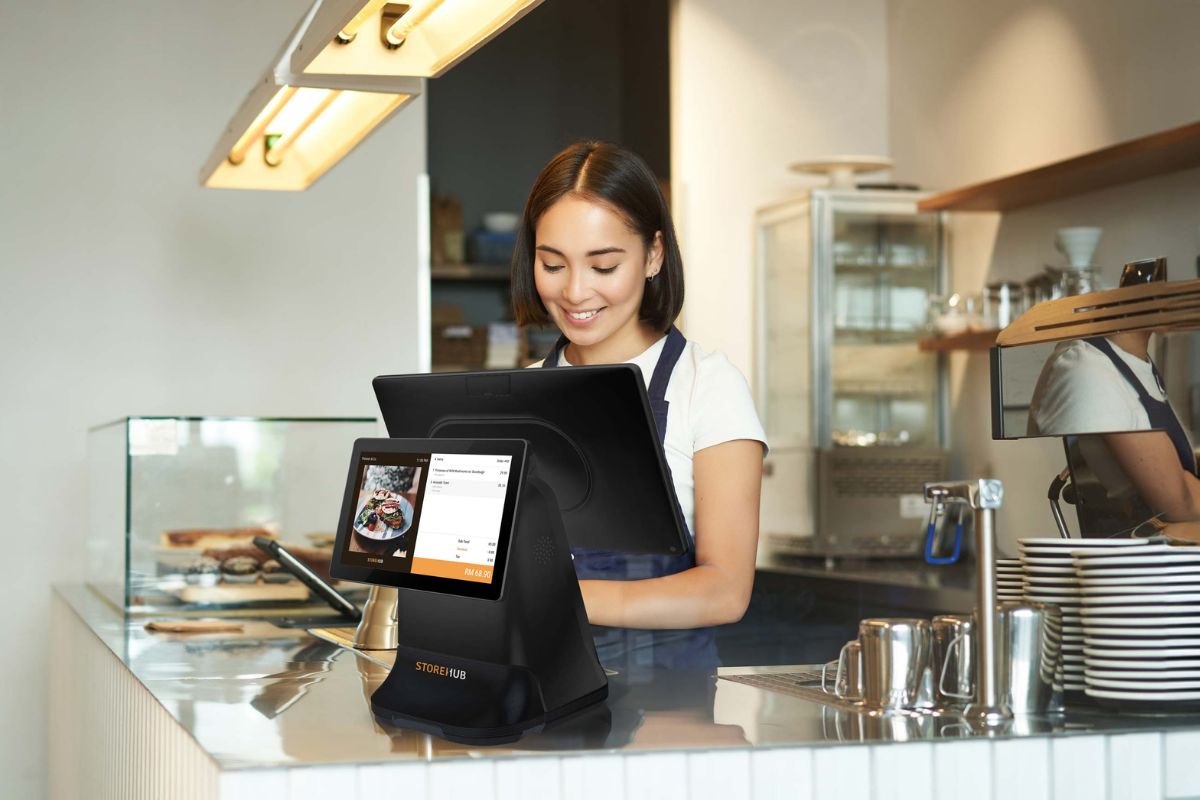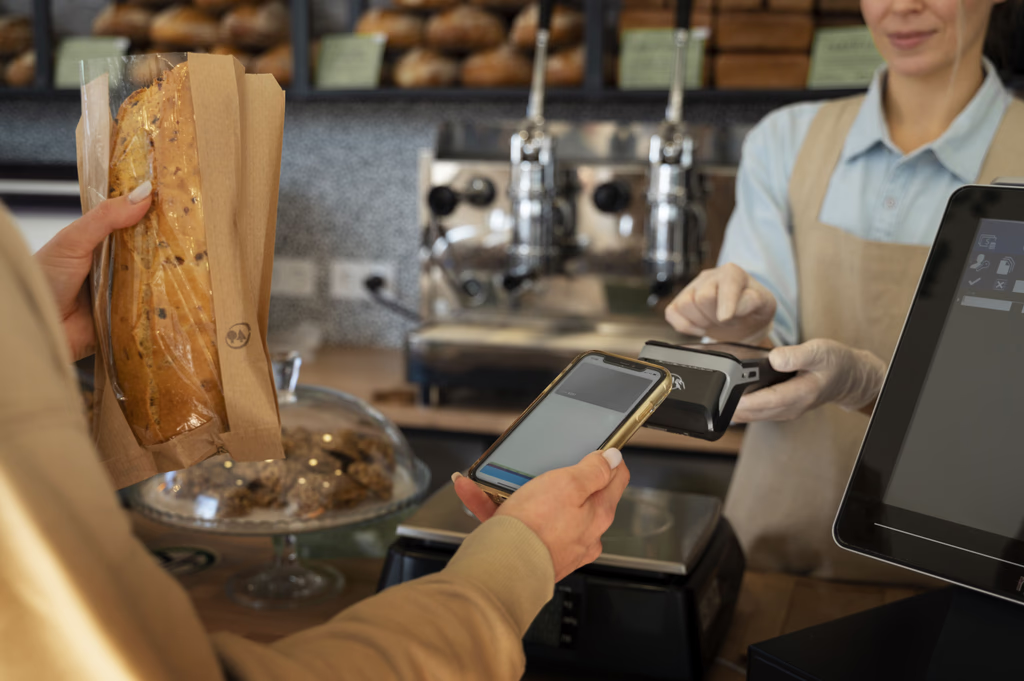Data-Driven Decisions with POS Reports: How Smart Insights Drive Business Growth

In today’s competitive business environment, intuition alone isn’t enough. Modern businesses thrive on data—concrete, actionable insights that guide strategy, improve efficiency, and boost profitability. One of the most powerful sources of this data is a Point of Sale (POS) system. While most people associate POS systems with basic transaction processing, the real value lies in the rich reports they generate. These reports can empower business owners to make informed, data-driven decisions across every aspect of their operations.
What Are POS Reports?
POS reports are detailed summaries of your business activities, captured in real-time through your sales system. Depending on your POS software, these reports can include:
- Sales summaries by product, category, or employee
- Inventory levels and stock movement
- Customer purchasing behavior
- Peak sales hours and seasonal trends
- Payment methods and transaction breakdowns
These insights, when analyzed regularly, can provide a full 360-degree view of your business.
Why Data-Driven Decisions Matter
Every successful business owner eventually learns that guesswork can be expensive. Data-driven decisions help eliminate uncertainty by grounding strategy in facts. POS reports support this by answering key questions like:
- Which products are your best-sellers?
- When is your store busiest, and do you have enough staff during those times?
- Are there seasonal patterns in customer behavior?
- What’s your inventory turnover rate, and are you overstocked or understocked?
With accurate answers to these questions, you can make smarter decisions that directly impact your bottom line.
Key Benefits of Using POS Reports for Decision-Making
1. Optimize Inventory Management
POS reports help you maintain the right stock levels by tracking which items sell quickly and which ones sit on the shelves. With this insight, you can reduce overstock, avoid stockouts, and better forecast demand. This leads to lower holding costs and higher customer satisfaction.
2. Identify Sales Trends
By analyzing historical sales data, you can spot patterns and trends—whether it’s an increase in sales during the holiday season or a drop-off midweek. This allows you to adjust marketing campaigns, run timely promotions, and prepare for demand spikes in advance.
3. Improve Staff Productivity
POS reports can break down sales by employee, revealing who performs best and who may need additional training. You can also use time-based sales reports to ensure proper staffing during peak hours and reduce labor costs during slow periods.
4. Enhance Customer Engagement
Some advanced POS systems store customer profiles and track their purchase history. This data allows you to create targeted marketing campaigns, offer personalized promotions, and build long-term loyalty programs based on real customer behavior.
5. Make Smarter Pricing Decisions
With access to data on product performance, you can adjust prices strategically. Identify products with high demand and low competition, and consider raising prices. Conversely, if items are underperforming, a discount might move inventory faster without harming margins.
Real-Life Example: From Chaos to Clarity
Take the example of a small retail boutique struggling with overstock issues and declining profits. After implementing a cloud-based POS system, the owner began tracking weekly sales trends and inventory levels. Within a month, she discovered that 25% of her inventory hadn’t sold in over 90 days. She ran a clearance sale and reinvested the freed-up capital into faster-moving items identified by the POS reports. Within a quarter, her profits rose by 20%.
Final Thoughts
POS reports are more than just numbers—they’re strategic tools that help business owners make smarter, faster, and more confident decisions. Whether you’re a small café, a retail chain, or an e-commerce brand, leveraging the power of POS data can significantly improve your efficiency and profitability.
In the age of information, those who use data wisely will lead. If you’re not already using your POS system to its full potential, now is the time to start. Your best business decisions are already in the numbers—your POS system just needs to show you the way.






